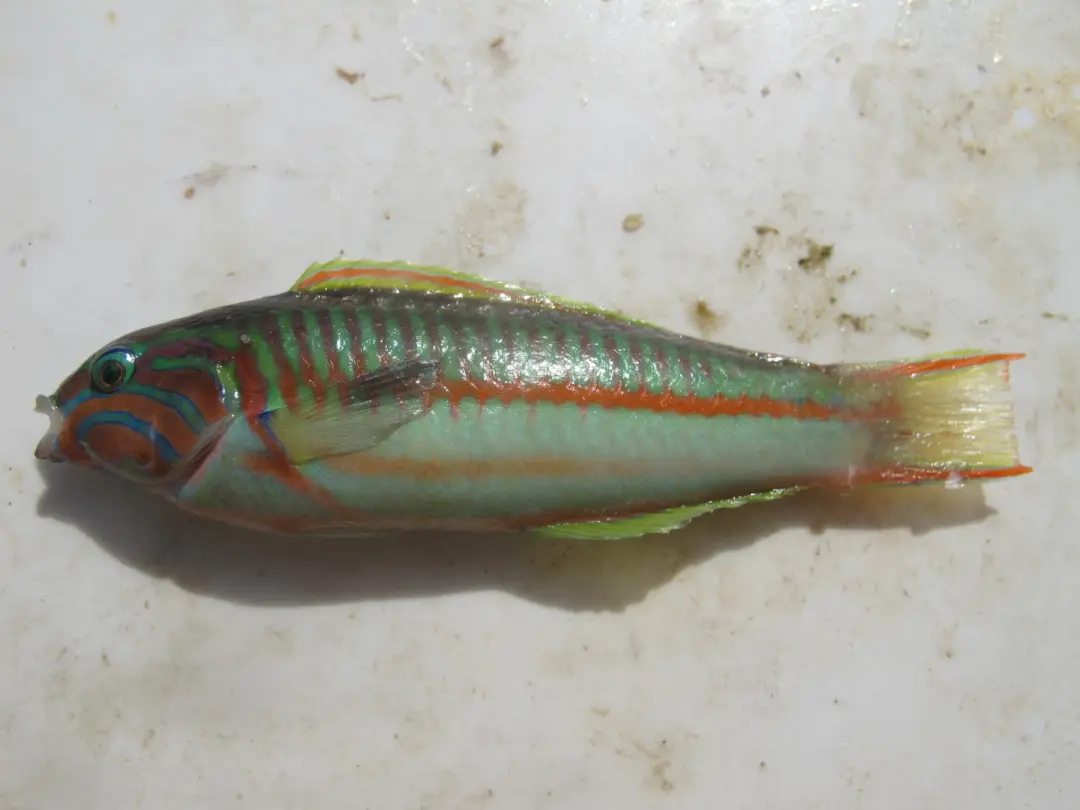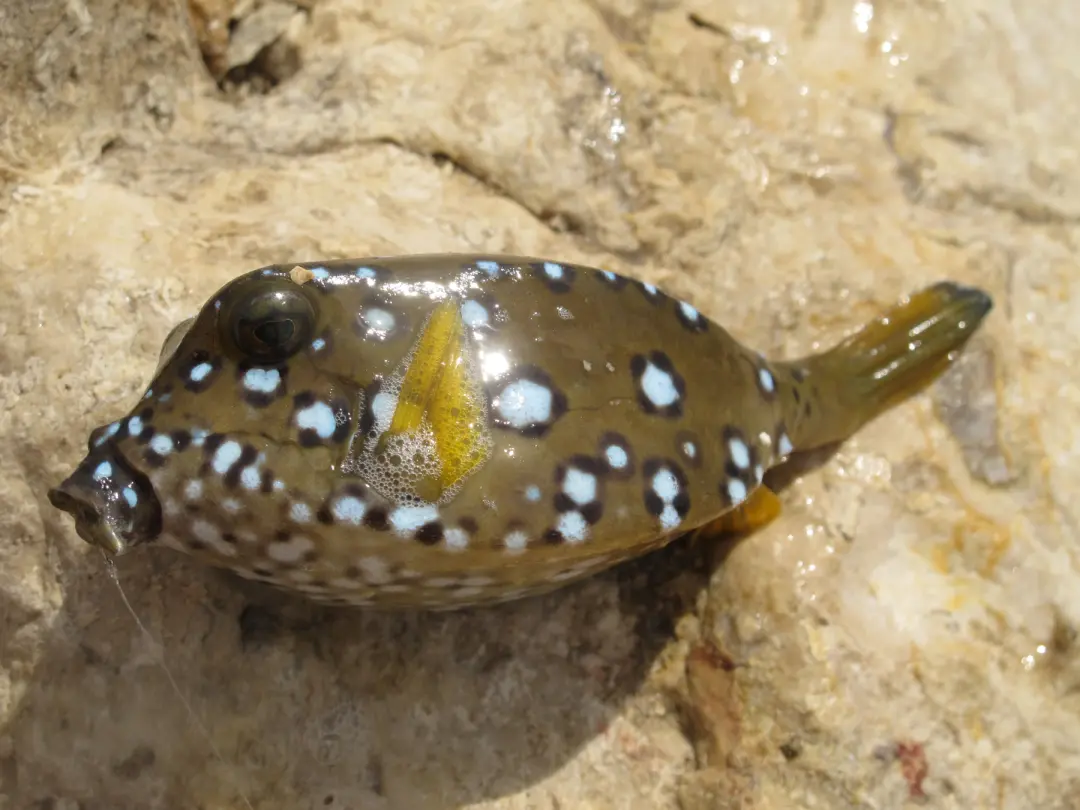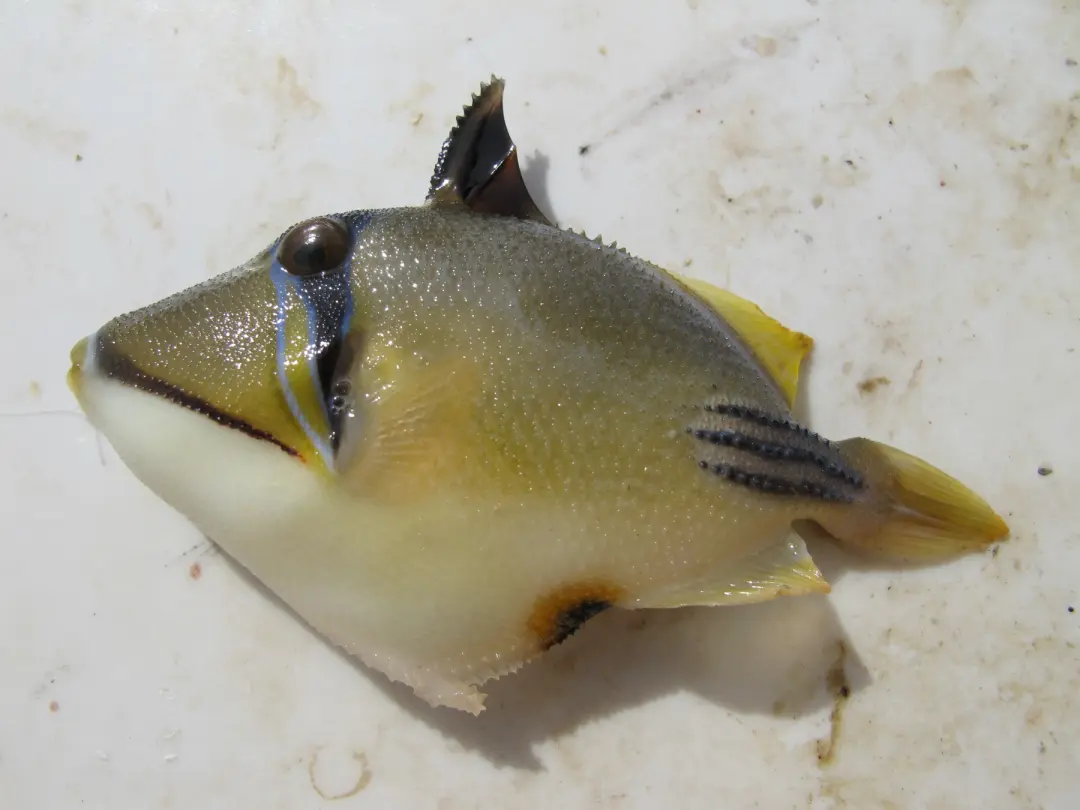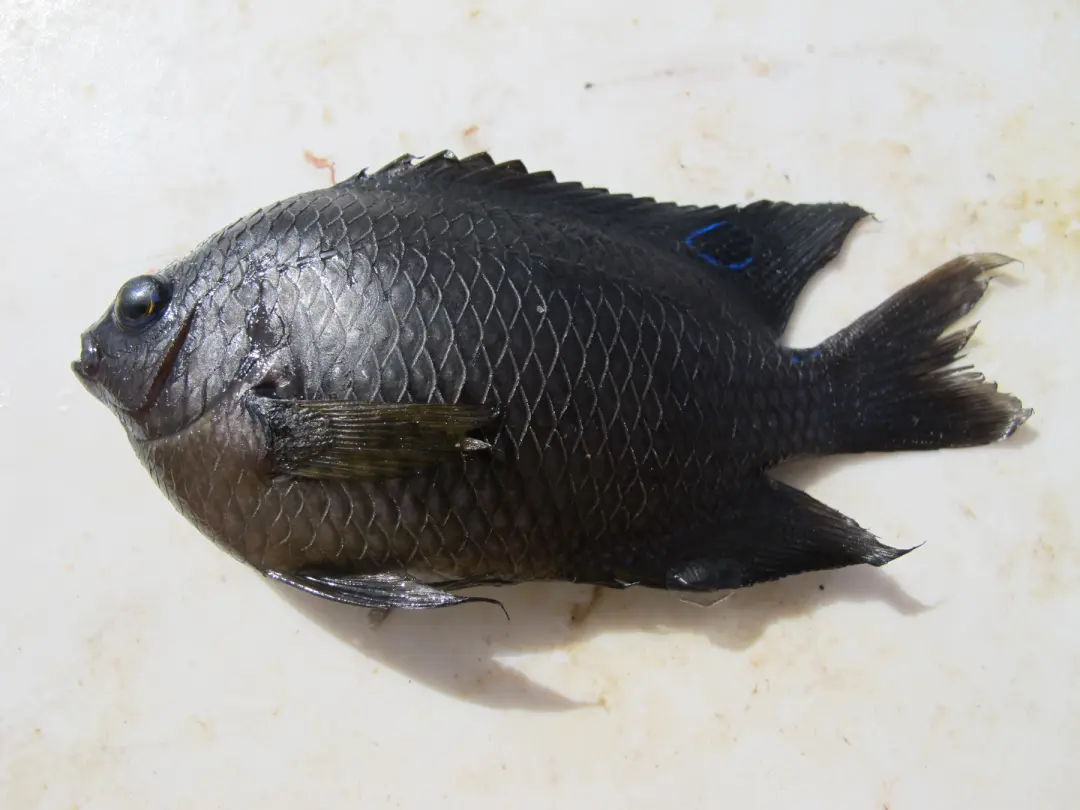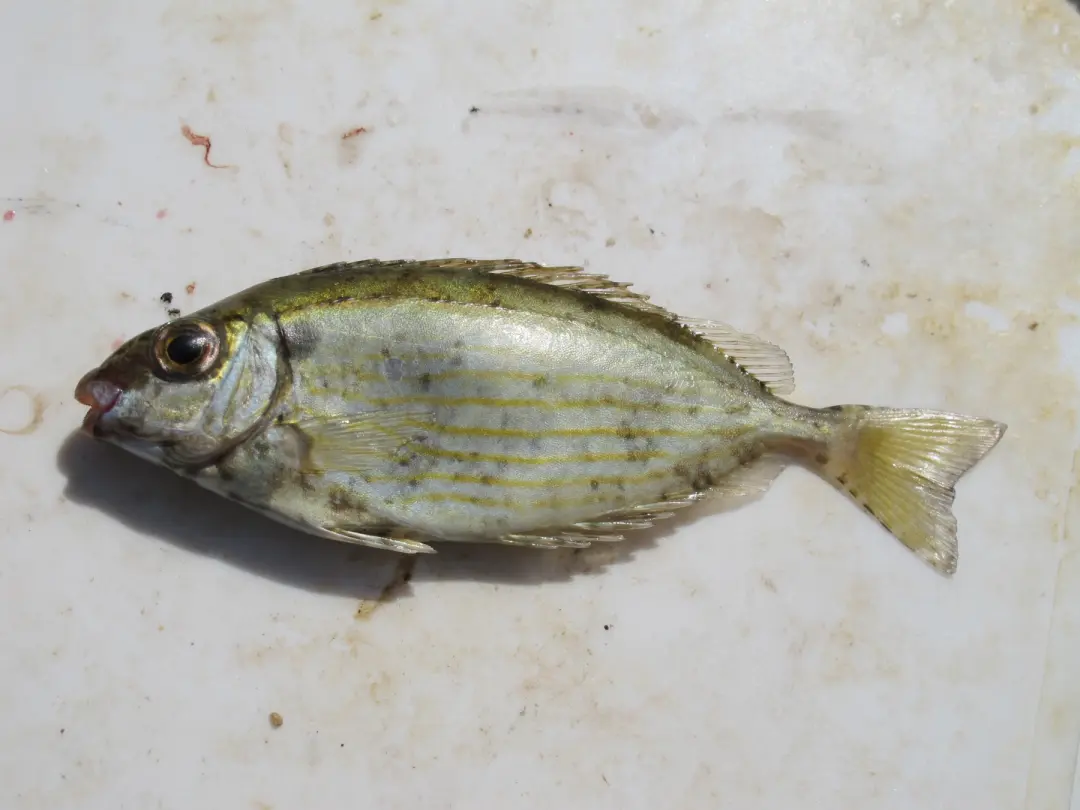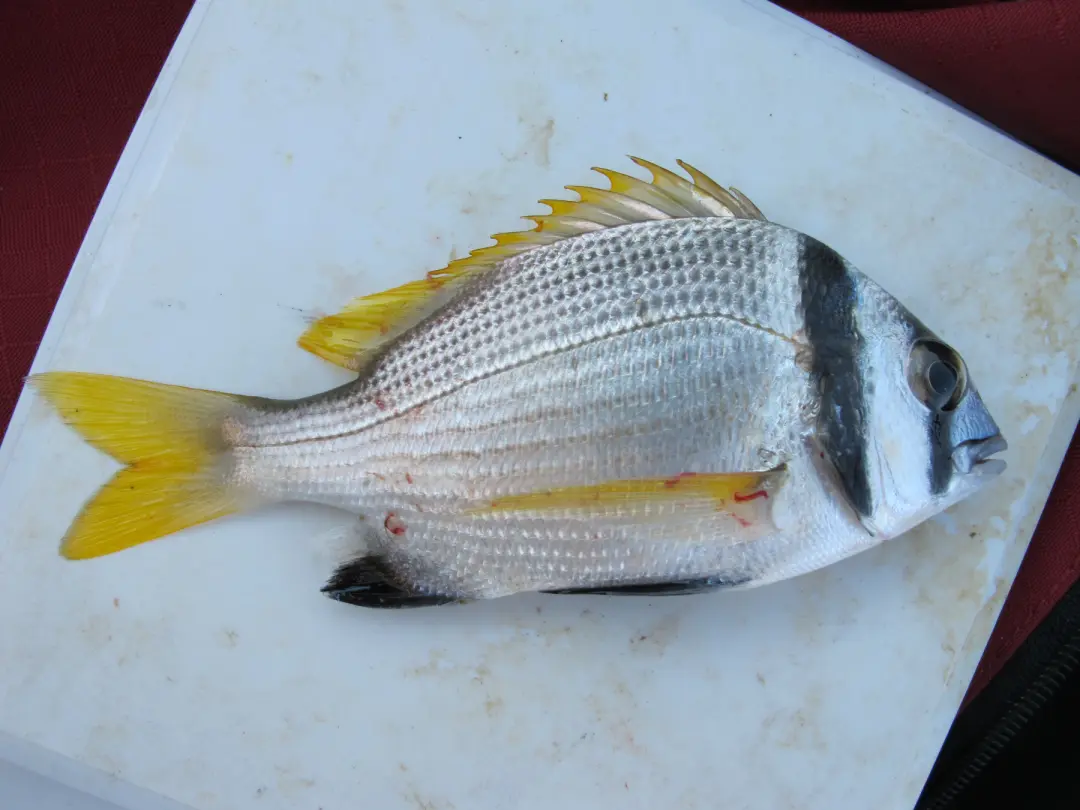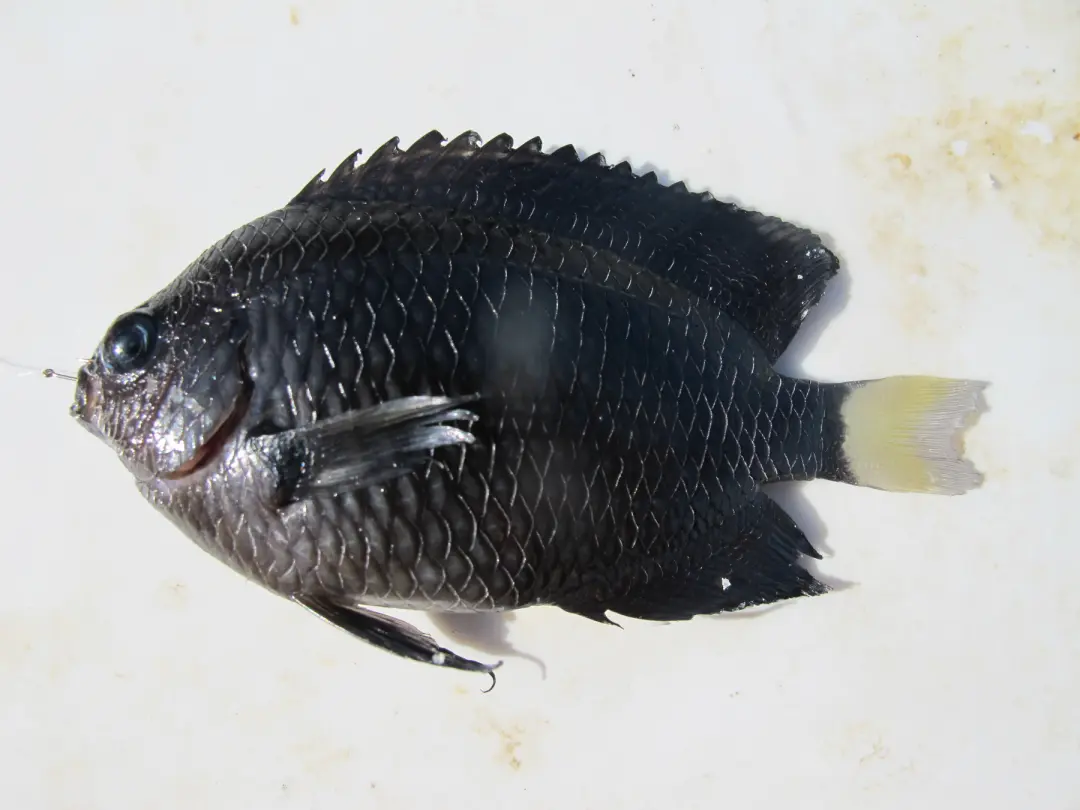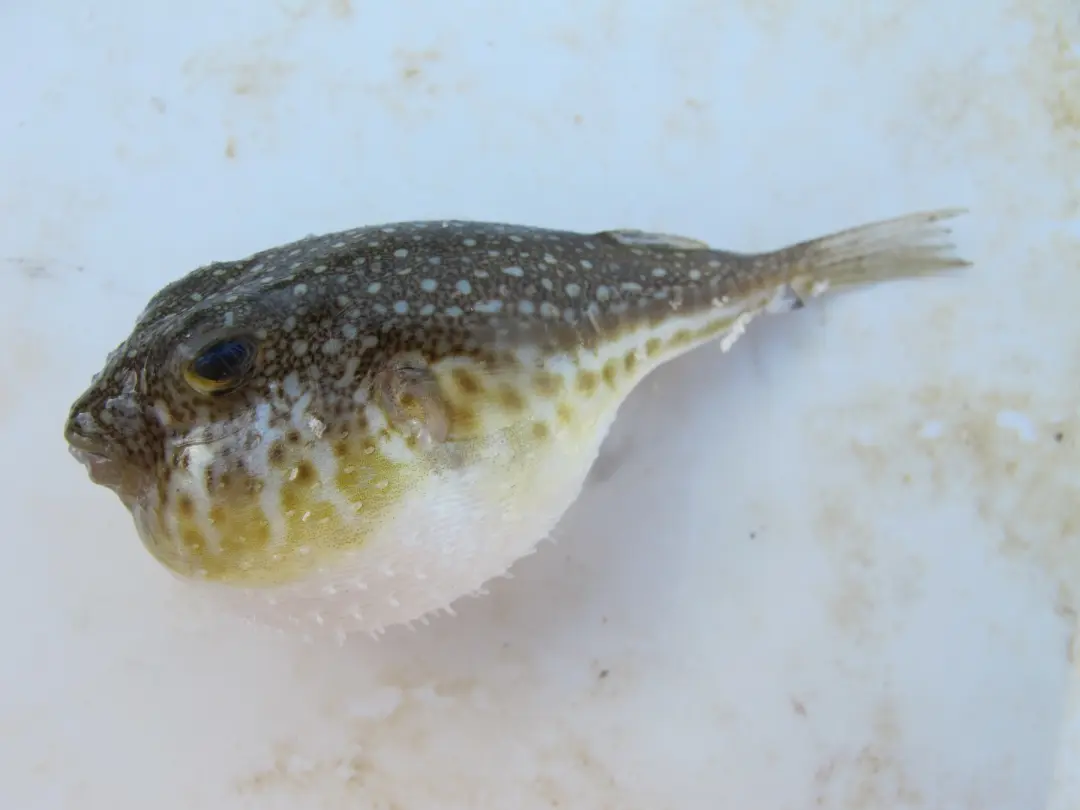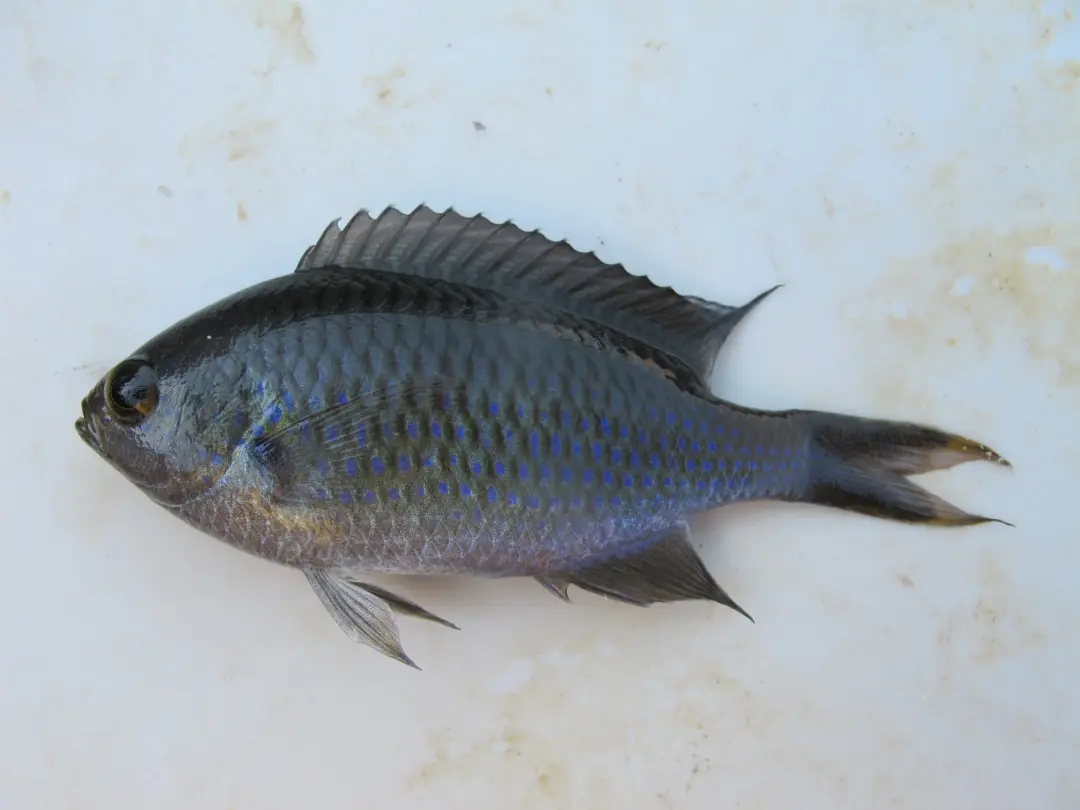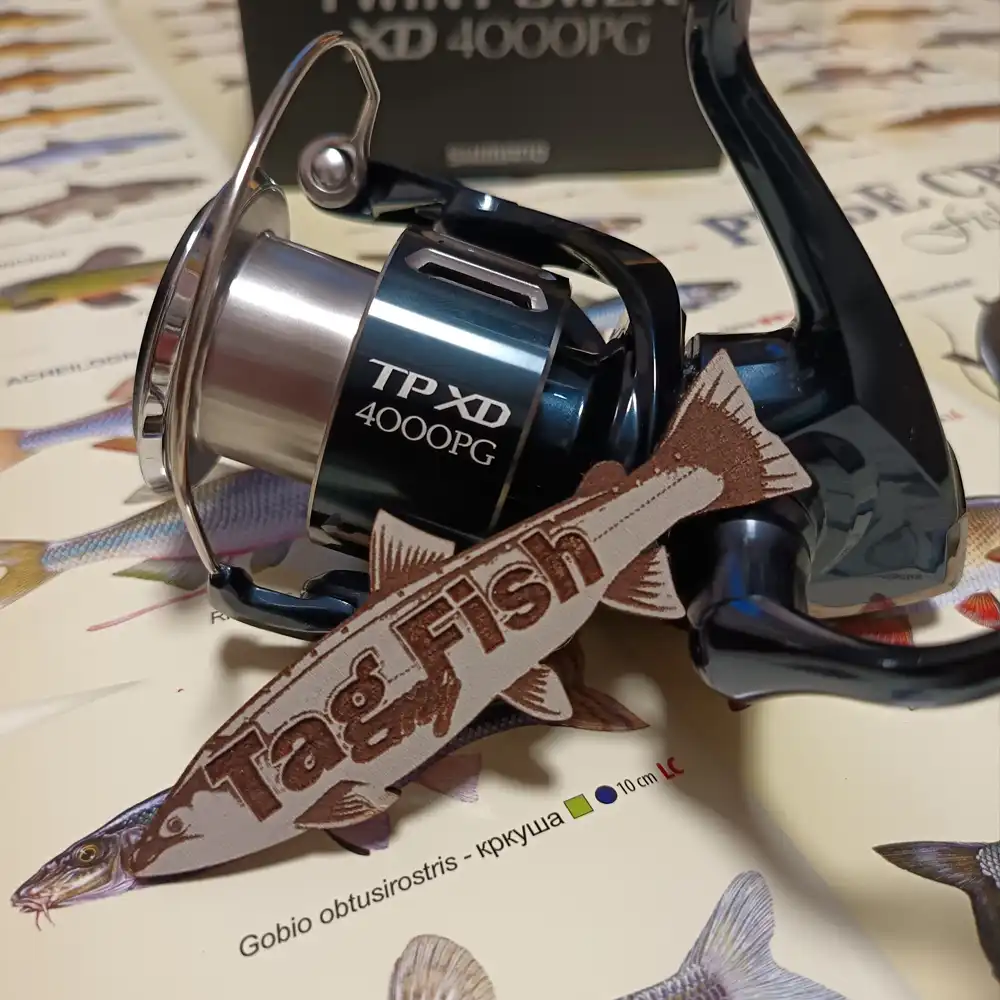Gulf of Aqaba
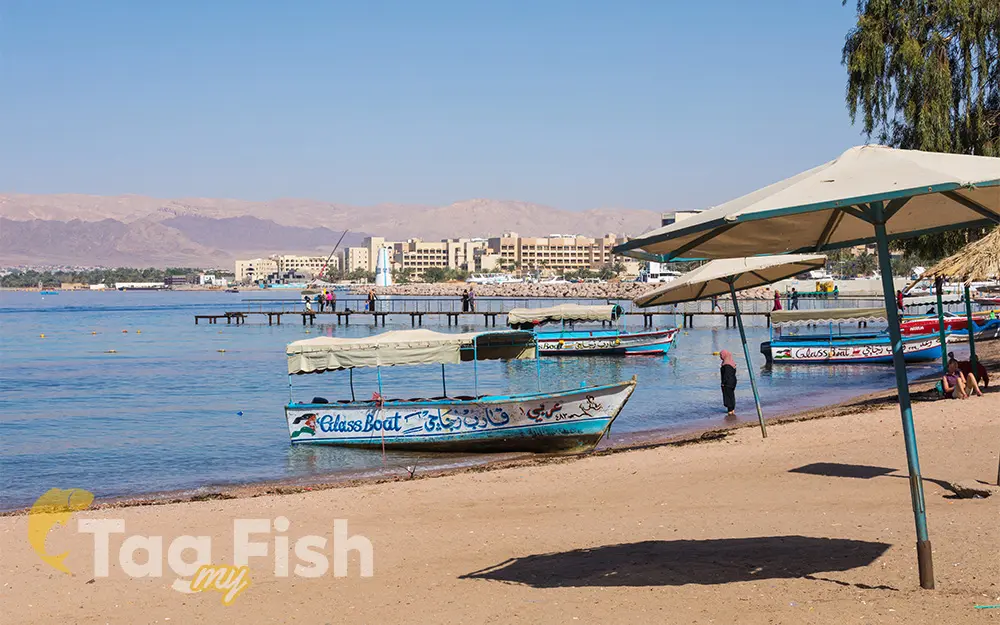
General data
- Name: Gulf of Aqaba
- Basin: Red sea
- Water type: Bay
- Progression: Red sea -> Indian ocean -> Planet Earth
- Climates: Tropical, Arid (desert)
- Continents: Asia
- Countries: Egypt, Israel, Jordan, Saudi Arabia
Description
The Gulf of Aqaba or Gulf of Eilat is a large gulf at the northern tip of the Red Sea, east of the Sinai Peninsula and west of the Arabian Peninsula. Its coastline is divided among four countries: Egypt, Israel, Jordan, and Saudi Arabia. The northernmost coral reef in the world is situated near the Eilat shore. The gulf is east of the Sinai Peninsula and west of the Arabian Peninsula. With the Gulf of Suez to the west, it extends from the northern portion of the Red Sea. It reaches a maximum depth of 1,850 metres (6,070 ft) in its central area: the Gulf of Suez is significantly wider but less than 100 m (330 ft) deep. The Sinai Peninsula separating the Gulf of Suez to the west and the Gulf of Aqaba, to the east. The gulf measures 24 km (15 mi) at its widest point and stretches some 160 km (100 mi) north from the Straits of Tiran to where Israel meets Egypt and Jordan. Like the coastal waters of the Red Sea, the gulf is one of the world’s premier sites for diving. The area is especially rich in coral and other marine biodiversity and has both accidental shipwrecks and vessels deliberately sunk in an effort to provide a habitat for marine organisms and bolster the local dive tourism industry.

